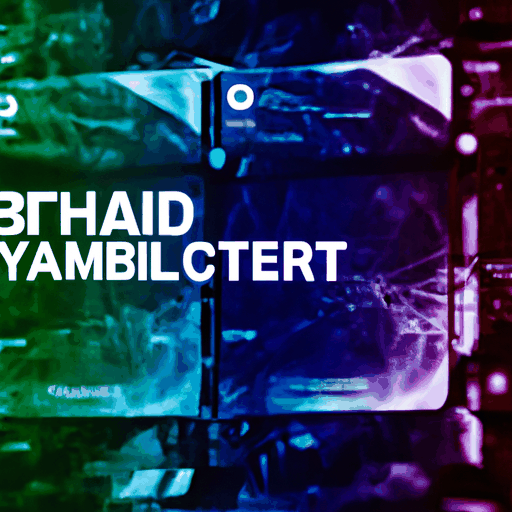
Learn Concept: The Intricacies of Liquid Staking in DeFi
By: Isha Das
Liquid staking has recently emerged as a transformative concept within decentralized finance (DeFi), challenging conventional methods of asset management. Unlike traditional staking, which locks assets to a network in exchange for rewards, liquid staking allows participants to retain liquidity while participating in staking activities.
At its core, liquid staking involves staking a cryptocurrency like Ethereum on a network to secure it and earn rewards. However, unlike traditional methods where assets are immobilized, liquid staking provides users with derivative tokens representing their staked assets. These derivative tokens can be freely traded and used across various DeFi platforms, enabling users to unlock capital without un-staking their funds.
This innovative approach is pivotal as it marries staking with the wider DeFi ecosystem, allowing holders to maximize their profits through Ethereum and other decentralized platforms. By offering flexibility and preserving liquidity, liquid staking drives network participation and enhances blockchain security without compromising financial mobility.
Regulatory challenges, such as those from the SEC, highlight the complexities of governing such activities. Stakeholders in the crypto community advocate for clear guidelines that embrace the nuances of these evolving practices while ensuring transparency and safeguarding investors.
Ultimately, the growth of liquid staking underscores the fluidity and adaptive nature of DeFi, which continues to craft novel solutions to financial constraints, all while endorsing a more decentralized financial infrastructure.



